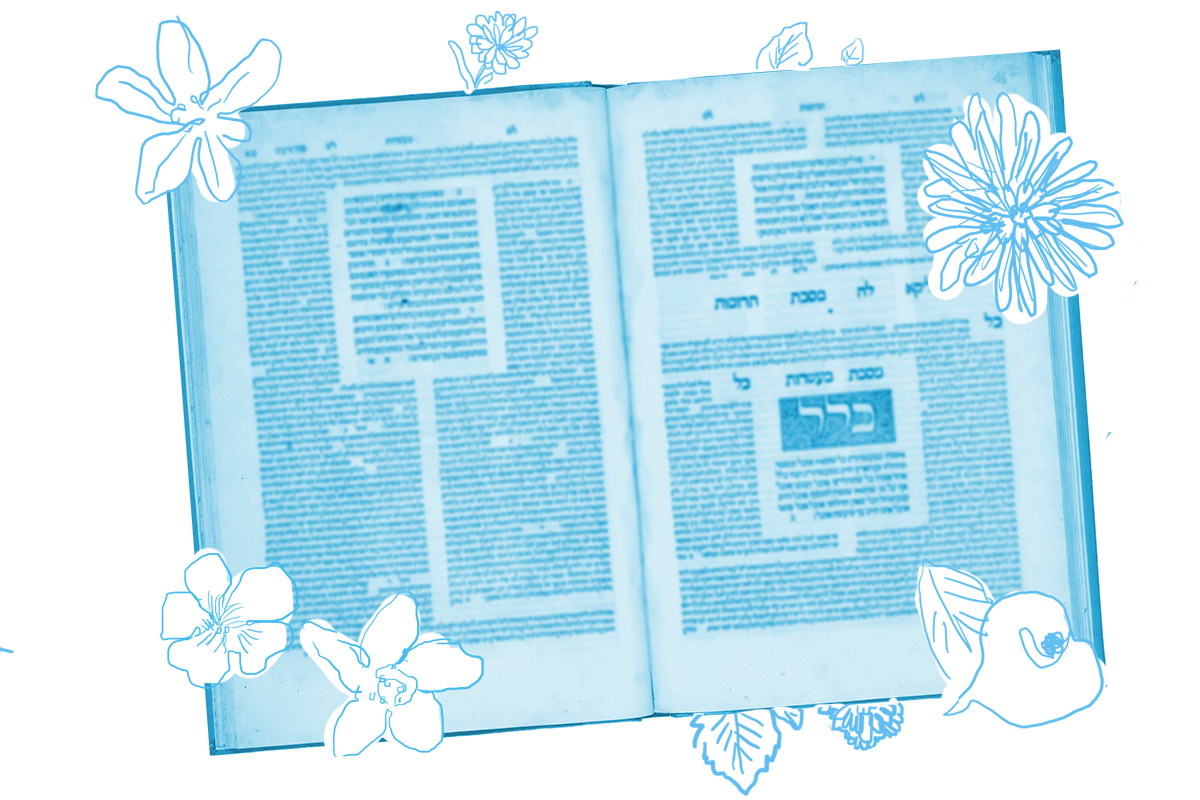Perhaps when you started learning Daf Yomi you didn’t anticipate learning whether or not it is permissible to flush your toilet on Shabbat. Well, today’s the day!
Flushing waste can effectively transfer property into the public domain on Shabbat. It might be property one is eager to be rid of, but it is property nonetheless. The mishnah on today’s page discusses this problem:
With regard to a courtyard that is less than four cubits by four cubits in area, one may not pour wastewater into it on Shabbat, unless a pit was fashioned to receive the water, and the pit holds two se’a (about 4 gallons) in volume.
A courtyard is still private domain, so the trick is to keep the waste contained within it. People with a generous courtyard (larger than four by four cubits) do not need a pit to contain their wastewater and prevent it from running into the public domain, but those with a small space are required to dig a pit which will contain it — and prevent the homeowner from “carrying” the waste in the public domain. This pit is much like the modern day septic tank that is used today in many backyards.
In some cases, people who didn’t have a courtyard or didn’t use their courtyard to dump wastewater and instead used a drainage ditch or pipe to convey the waste out of the home and into the public domain. The mishnah continues:

Help us keep Jewish knowledge accessible to millions of people around the world.
Your donation to My Jewish Learning fuels endless journeys of Jewish discovery. With your help, My Jewish Learning can continue to provide nonstop opportunities for learning, connection and growth.
Rabbi Eliezer ben Ya’akov says: In the case of a drainage ditch whose first four cubits are arched over in the public domain, one may pour wastewater into it on Shabbat.
The rabbis say: Even if a roof or a courtyard is a hundred cubits in area, one may not pour water directly onto the mouth of the drainage ditch. However, he may pour it on the roof, from which the water spills into the drain of its own accord.
There is a disagreement here between Rabbi Eliezer ben Ya’akov and the rabbis. Rabbi Eliezer ben Ya’akov states that one is allowed to use a pipe to bring waste out of a home into the public domain, while the rabbis do not allow one to pour directly into a drainage pipe, but do permit indirect pouring by splashing the waste from the roof (eww).
The early modern legal code, the Shulchan Aruch, comments here that as long as the water is running into a karmelit, an open area that is not quite a public domain, then people are permitted to let the wastewater flow. (Orach Chayim Shabbat 357:3) It is understood that the modern sewage systems of today resemble the permitted opinion of the Shulchan Aruch — allowing Sabbath-observant Jews to flush their toilets on Shabbat.
As we have seen so many times before, once again the rabbis balance their principles (no carrying) with the need to make Shabbat liveable — and stink-free!
Read all of Eruvin 88 on Sefaria.
This piece originally appeared in a My Jewish Learning Daf Yomi email newsletter sent on November 5th, 2020. If you are interested in receiving the newsletter, sign up here.



